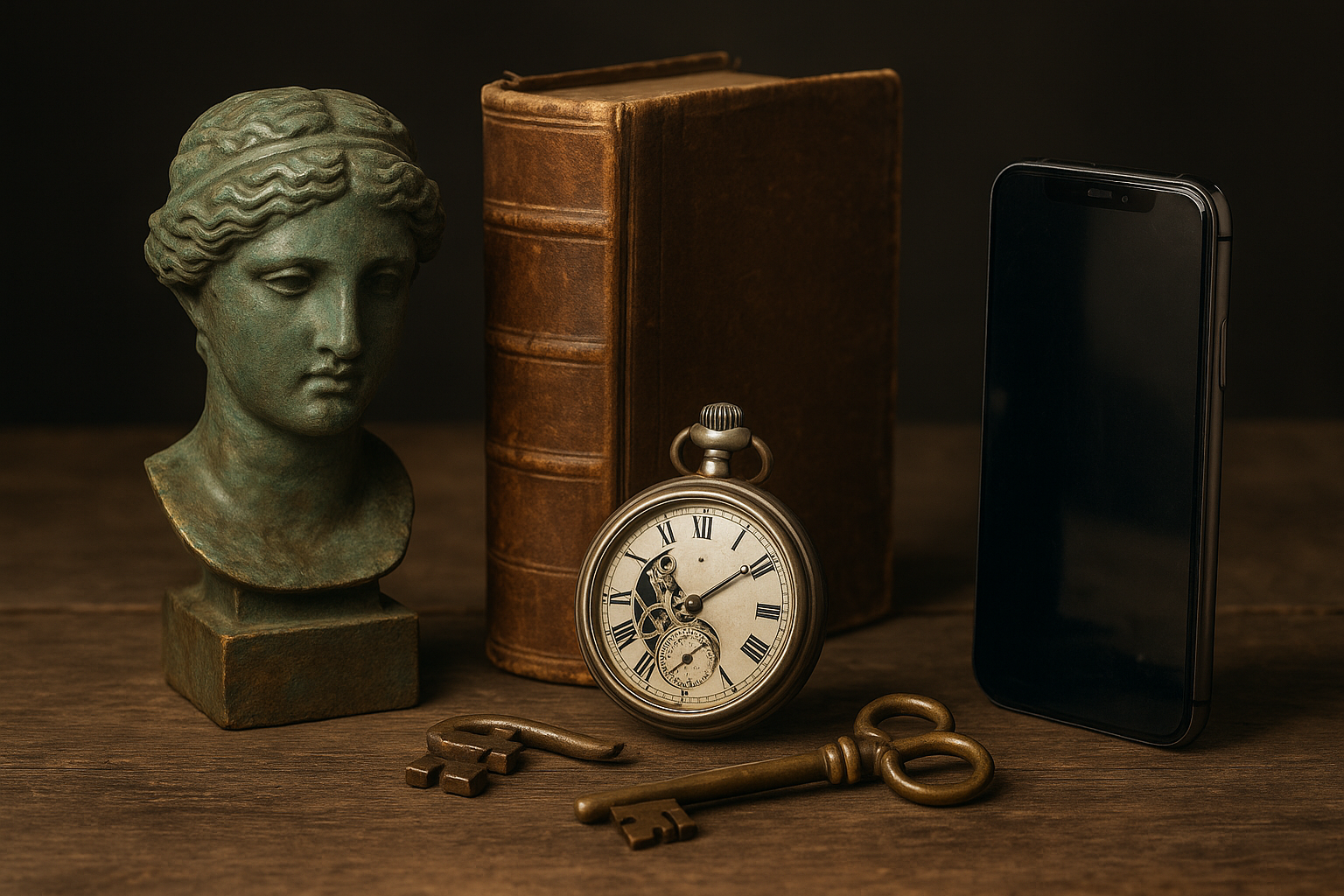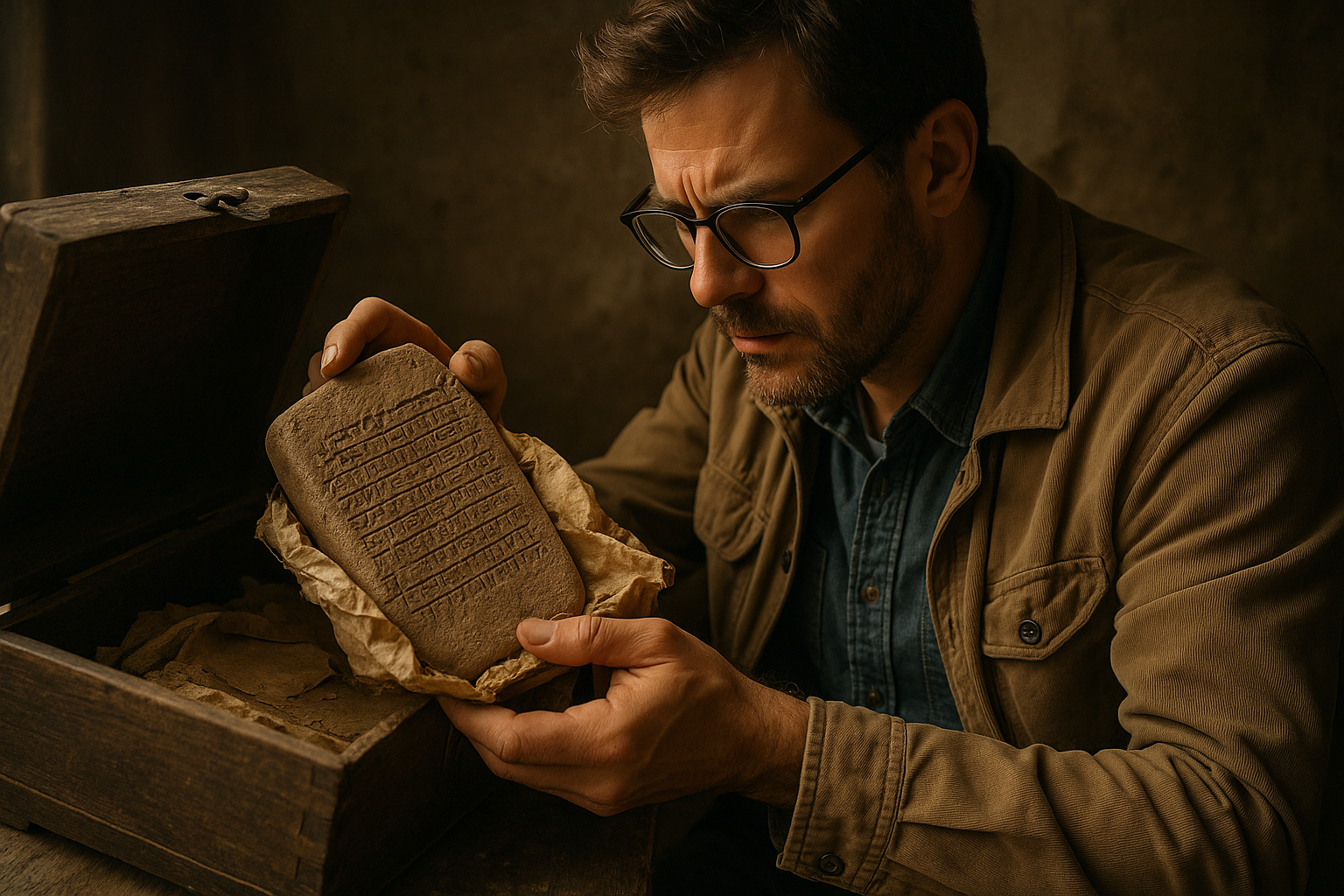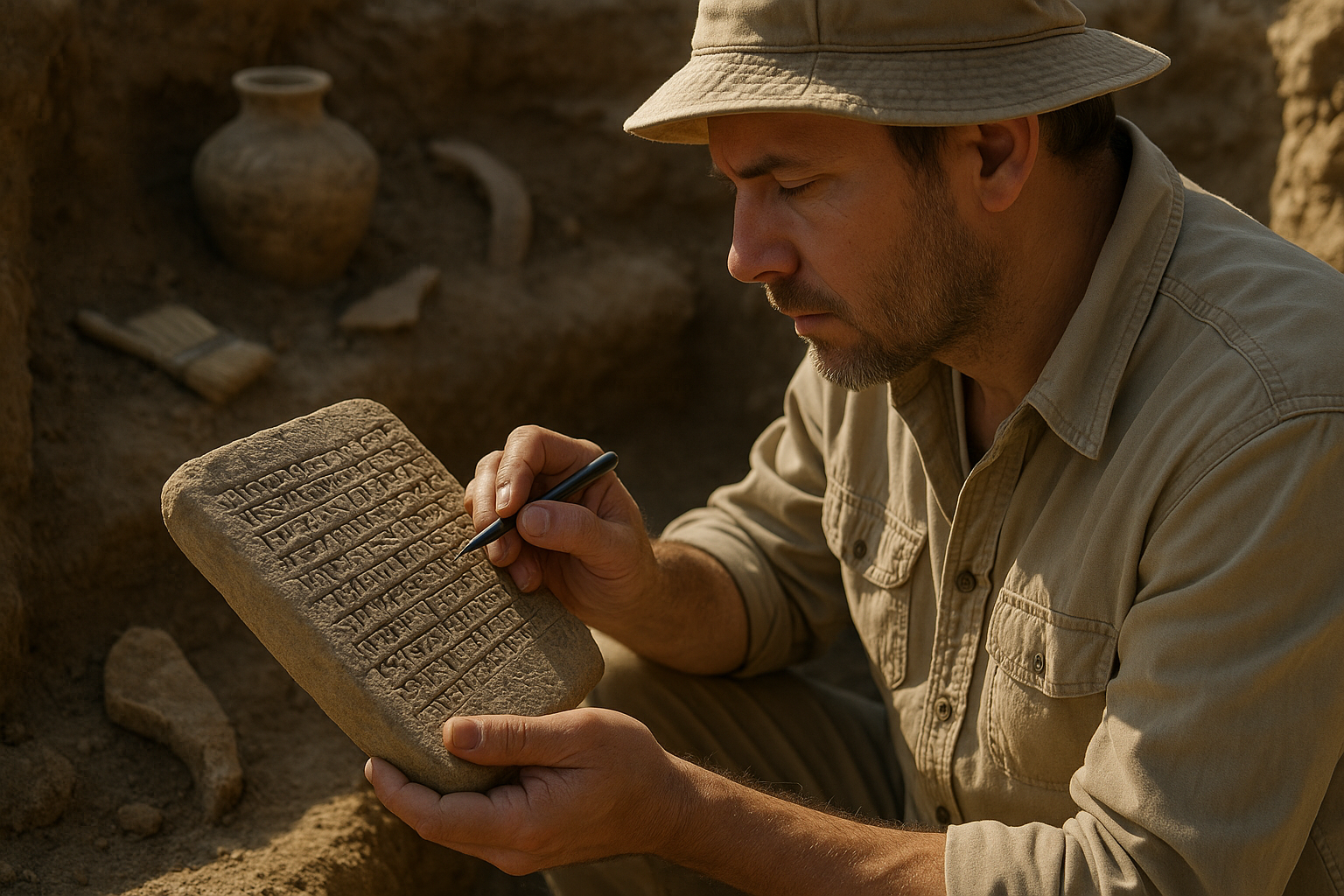Cultural preservation connects humanity across generations, safeguarding traditions that define our collective identity and ensure wisdom endures through time.
🏛️ The Living Bridge Between Yesterday and Tomorrow
In an era of rapid technological advancement and globalization, the art of preserving cultural traditions has become both more challenging and more critical than ever before. Temporal preservation—the practice of maintaining cultural heritage across time—represents humanity’s ongoing conversation with its past, present, and future. These timeless traditions serve as anchors in an increasingly fluid world, reminding us of our roots while guiding us forward.
Every culture possesses unique methods of preserving its heritage, from oral storytelling passed through generations to intricate craftsmanship techniques refined over centuries. These preservation practices aren’t merely nostalgic exercises; they’re vital mechanisms for maintaining cultural diversity, fostering community identity, and transmitting accumulated wisdom to future generations.
The Sacred Art of Oral Traditions
Long before written language became widespread, oral traditions served as the primary method of cultural preservation. Indigenous communities worldwide have perfected the art of verbal transmission, encoding complex knowledge systems within stories, songs, and chants. These oral traditions often contain practical information about medicine, agriculture, astronomy, and social governance wrapped in memorable narratives.
The griots of West Africa exemplify this tradition magnificently. These hereditary storytellers serve as living libraries, memorizing genealogies spanning hundreds of years, historical events, and cultural wisdom. Their performances aren’t simple recitations—they’re dynamic, interactive experiences that adapt to contemporary contexts while preserving core messages.
Similarly, Australian Aboriginal Songlines represent one of humanity’s oldest continuous cultural practices, dating back over 60,000 years. These intricate song cycles map the landscape, embed creation stories, and encode survival knowledge. Walking a Songline means following both a physical path and a narrative thread that connects the singer to ancestors and land in profound ways.
Modern Challenges to Oral Preservation
Today’s oral traditions face unprecedented challenges. Language extinction threatens these practices fundamentally—when a language dies, it takes with it unique ways of understanding the world. UNESCO estimates that one language disappears every two weeks, each loss erasing irreplaceable cultural knowledge.
However, technology offers new preservation opportunities. Digital recording, language learning applications, and online archives enable wider access to oral traditions while maintaining their living, dynamic nature. Communities now balance traditional transmission methods with technological tools, creating hybrid preservation approaches that honor authenticity while ensuring accessibility.
🎨 Craftsmanship as Cultural Memory
Traditional crafts embody centuries of accumulated knowledge, representing problem-solving approaches refined through countless iterations. From Japanese pottery techniques to Andean weaving patterns, craftsmanship preserves not just aesthetic preferences but entire worldviews, mathematical principles, and environmental adaptations.
Japanese washi paper-making demonstrates this beautifully. This thousand-year-old craft involves harvesting specific plant fibers, processing them through precise methods, and creating paper of extraordinary durability and beauty. Washi makers preserve detailed knowledge about plant biology, seasonal timing, water chemistry, and tool-making. A single sheet of washi contains generations of botanical, chemical, and artistic expertise.
Similarly, Persian carpet weaving encodes complex information systems. Pattern motifs carry symbolic meanings, color combinations reflect regional identities, and knot densities indicate skill levels and workshop origins. Experienced weavers can “read” a carpet like a text, extracting information about its creation date, geographic origin, and cultural context.
The Master-Apprentice Transmission Model
Many craft traditions rely on intensive master-apprentice relationships for preservation. This model transmits not just technical skills but philosophical approaches, aesthetic sensibilities, and cultural values embedded within the practice. Unlike classroom learning, apprenticeship creates embodied knowledge—understanding that lives in muscle memory, sensory perception, and intuitive judgment.
Contemporary craft preservation initiatives increasingly recognize this model’s importance. Organizations worldwide document master craftspeople, facilitate apprenticeship opportunities, and create markets that sustain traditional practices economically. These efforts acknowledge that preserving crafts means preserving entire ecosystems of knowledge, from material sourcing to tool-making to philosophical frameworks.
Culinary Heritage: Taste as Time Travel
Food traditions represent particularly powerful preservation vehicles. Recipes encode agricultural knowledge, nutritional wisdom, seasonal rhythms, and social structures. Every traditional dish tells stories about available ingredients, cooking technologies, trade relationships, and cultural values.
The Mediterranean diet, for instance, preserves thousands of years of agricultural adaptation to specific climatic conditions. Traditional dishes reflect deep understanding of local ecosystems, combining ingredients that thrive together and preparing them using methods that maximize nutrition and flavor while minimizing resource use.
Fermentation practices worldwide demonstrate this principle brilliantly. Korean kimchi, German sauerkraut, Japanese miso, and Ethiopian injera all represent sophisticated food preservation technologies developed before refrigeration. These techniques don’t merely extend food storage—they enhance nutritional value, create distinctive flavors, and foster beneficial gut bacteria. The knowledge systems behind fermentation encompass microbiology, chemistry, temperature management, and timing precision.
Sacred Foods and Ceremonial Preservation
Many cultures preserve traditions through ceremonial foods prepared for specific occasions. These dishes often involve elaborate preparation methods, rare ingredients, and precise timing, ensuring their recipes pass carefully through generations. The act of preparation becomes a teaching moment, with elders instructing younger family members in techniques, stories, and values.
Native American frybread, Italian Easter bread, Chinese mooncakes, and Mexican mole all serve this function. Their preparation involves community gathering, storytelling, and intergenerational connection. The food itself becomes a tangible link to ancestors and cultural identity.
🎭 Performing Arts as Living Archives
Dance, music, and theater preserve cultural knowledge through embodied performance. These art forms encode historical events, spiritual beliefs, social structures, and emotional landscapes within movement, sound, and narrative. Unlike static museum artifacts, performing arts remain dynamic, adapting while maintaining core elements.
Indian classical dance forms like Bharatanatyam preserve ancient texts through codified gestures and expressions. Each hand position (mudra) carries specific meanings, creating a sophisticated sign language. Dancers essentially perform ancient Sanskrit poetry, translating verbal texts into visual and kinetic forms that transcend language barriers.
West African djembe drumming traditions similarly preserve complex rhythmic patterns that serve multiple functions—communication across distances, ceremonial accompaniment, historical documentation, and community bonding. Master drummers memorize hundreds of rhythms, each associated with specific contexts, stories, and meanings.
Theater as Historical Documentation
Traditional theater forms worldwide function as cultural archives. Japanese Noh theater, Indonesian wayang kulit shadow puppetry, and Greek tragedy all preserve ancient stories, philosophical concepts, and aesthetic principles. These performances maintain continuity with the past while remaining relevant to contemporary audiences through subtle reinterpretation.
The preservation challenge for performing arts involves balancing authenticity with evolution. Too much rigidity causes traditions to ossify and lose relevance; too much flexibility risks losing essential characteristics. Successful preservation requires deep understanding of what elements constitute a tradition’s core identity versus what aspects can adapt to changing contexts.
Architectural Wisdom: Buildings as Cultural Texts
Traditional architecture embodies accumulated environmental knowledge, social organization principles, and aesthetic values. Vernacular building techniques represent sophisticated responses to local climates, available materials, and cultural needs developed over centuries.
Middle Eastern wind towers (barjeel) demonstrate this brilliantly. These architectural features create natural cooling systems perfectly adapted to desert climates, using physics principles to channel breezes and create comfortable interior temperatures without mechanical systems. Their design preserves deep understanding of airflow, thermal mass, and passive cooling strategies.
Similarly, Japanese traditional houses reflect philosophical principles about nature relationships, seasonal change appreciation, and spatial flexibility. Features like shoji screens, tatami mats, and engawa (transitional spaces) embody cultural values about privacy, formality gradients, and indoor-outdoor connections.
Preservation Through Active Use
Architectural preservation faces a fundamental challenge: buildings survive best when actively used, yet contemporary needs often conflict with traditional designs. Successful preservation increasingly involves adaptive reuse—maintaining structures’ essential character while updating them for modern functionality.
This approach recognizes that preservation doesn’t mean freezing buildings in time but rather ensuring their ongoing relevance and utility. Communities worldwide are rediscovering traditional building wisdom’s applicability to contemporary sustainability challenges, finding that ancient techniques often outperform modern approaches in energy efficiency and environmental harmony.
📿 Ritual and Ceremony: Temporal Anchors
Rituals and ceremonies create regular opportunities for cultural transmission, marking time’s passage through repeated observances. These practices preserve traditions through embodied participation rather than abstract learning. By enacting rituals, participants internalize cultural knowledge physically, emotionally, and socially.
Coming-of-age ceremonies worldwide preserve cultural values about adulthood, community membership, and personal responsibility. Jewish bar and bat mitzvahs, Latinx quinceañeras, Apache Sunrise Ceremonies, and Japanese Seijin-no-Hi all mark transitions while transmitting cultural heritage through preparation, performance, and community witness.
Seasonal festivals similarly preserve agricultural knowledge, astronomical observations, and spiritual beliefs. These celebrations mark critical moments in annual cycles, connecting participants to environmental rhythms and ancestral practices. The preparation for festivals—learning traditional songs, preparing specific foods, creating ceremonial objects—becomes a preservation mechanism itself.
Language as Cultural Foundation
Language represents perhaps the most fundamental preservation vehicle. Each language embodies unique ways of conceptualizing reality, expressing relationships, and encoding knowledge. Linguistic diversity reflects humanity’s varied approaches to meaning-making and world-understanding.
Indigenous languages often contain ecological knowledge unavailable in dominant languages. Specific terms for plant varieties, animal behaviors, weather patterns, and landscape features reflect detailed environmental observation accumulated over generations. When languages disappear, this knowledge becomes inaccessible even if documented, because the conceptual frameworks for understanding it vanish.
Language revitalization efforts worldwide recognize this reality. Communities are reclaiming endangered languages through immersion schools, documentation projects, and intergenerational programs. Technology plays an increasingly important role, with language learning apps, digital dictionaries, and online conversation platforms supporting preservation efforts.
🌍 Digital Age Preservation Strategies
Contemporary preservation efforts increasingly leverage technology while grappling with its limitations. Digital archives enable unprecedented access to cultural materials, yet they risk decontextualizing traditions and creating false permanence. Digitization preserves content but not necessarily the practices, relationships, and contexts that give traditions meaning.
Successful digital preservation requires community involvement in determining what gets preserved, how it’s presented, and who can access it. Many indigenous communities assert rights over their cultural heritage, ensuring digital archives respect traditional knowledge protocols and community sovereignty.
Virtual reality and 3D modeling offer promising preservation tools, enabling immersive experiences of endangered sites, practices, and environments. These technologies can document crafts in detail, preserve architectural spaces threatened by climate change or conflict, and create educational experiences that transcend geographic limitations.
The Paradox of Preservation
All preservation efforts face an inherent paradox: the act of preserving changes what’s preserved. Documenting oral traditions in writing alters their dynamic nature. Recording ceremonies removes them from sacred contexts. Teaching crafts in formal settings changes master-apprentice relationships. Successful preservation acknowledges these tensions while seeking approaches that maintain traditions’ living, adaptive qualities.
The most effective preservation strategies treat traditions as living practices rather than museum artifacts. This means supporting communities in continuing their traditions, creating economic viability for traditional practitioners, and ensuring intergenerational transmission occurs naturally within communities rather than primarily through external documentation.

Weaving Past and Future Together
Cultural preservation ultimately serves not nostalgia but survival—individual, community, and species survival. Traditional knowledge systems contain time-tested solutions to perennial human challenges: sustainable resource use, community cohesion, meaning-making, and environmental adaptation. As humanity faces unprecedented global challenges, this accumulated wisdom becomes increasingly valuable.
Effective preservation requires recognizing that traditions aren’t static artifacts but living, breathing practices that must evolve to remain relevant. The challenge lies in distinguishing between adaptive change that maintains core values and erosion that destroys essential characteristics. Communities themselves must lead this discernment process, as only they possess the deep understanding necessary to navigate these decisions.
Young people play critical roles in contemporary preservation efforts, often serving as bridges between traditional knowledge and modern contexts. Their engagement ensures traditions remain vibrant and relevant, adapting to contemporary realities while maintaining essential connections to ancestral wisdom. Supporting youth involvement in cultural practices represents perhaps the most effective preservation strategy available.
As we move forward, preservation success will increasingly depend on recognizing cultural heritage’s living nature, supporting communities in maintaining their traditions, creating economic sustainability for traditional practices, and fostering genuine appreciation for cultural diversity’s value. The past deserves preservation not as museum curiosity but as living wisdom that can guide humanity toward more sustainable, meaningful, and connected futures. 🌟
Toni Santos is a temporal researcher and symbolic archaeologist specializing in the study of forgotten burial systems, sacred archival practices, and the visual languages embedded in ancient temporal lore. Through an interdisciplinary and artifact-focused lens, Toni investigates how humanity has encoded knowledge, memory, and mystery into the temporal world — across cultures, rituals, and vanished civilizations. His work is grounded in a fascination with time capsules not only as vessels, but as carriers of hidden meaning. From extinct burial ritual practices to mythical codices and secret temporal seals, Toni uncovers the visual and symbolic tools through which cultures preserved their relationship with the temporal unknown. With a background in design semiotics and temporal artifact history, Toni blends visual analysis with archival research to reveal how time capsules were used to shape identity, transmit memory, and encode sacred knowledge. As the creative mind behind eltonxy, Toni curates illustrated chronologies, speculative temporal studies, and symbolic interpretations that revive the deep cultural ties between artifacts, ritual markings, and forgotten messages. His work is a tribute to: The lost temporal wisdom of Forgotten Time Capsule Burial Rituals The guarded archives of Sacred Codices and Forgotten Temporal Archives The mythopoetic presence of Temporal Symbols and Ritual Markings The layered visual language of Vanished Artifacts and Temporal Messages Whether you're a temporal historian, symbolic researcher, or curious gatherer of forgotten chronological wisdom, Toni invites you to explore the hidden roots of time capsule knowledge — one seal, one glyph, one message at a time.




